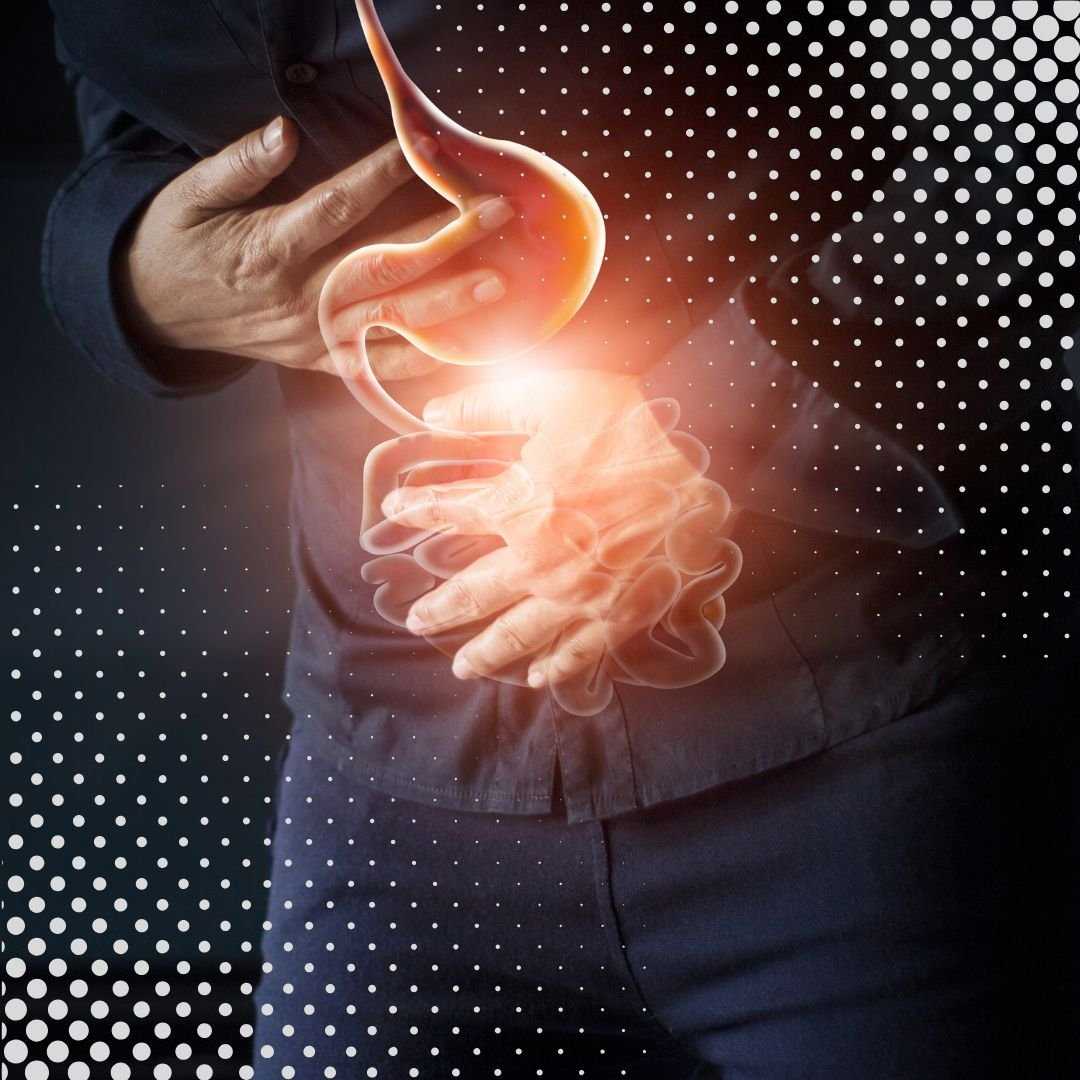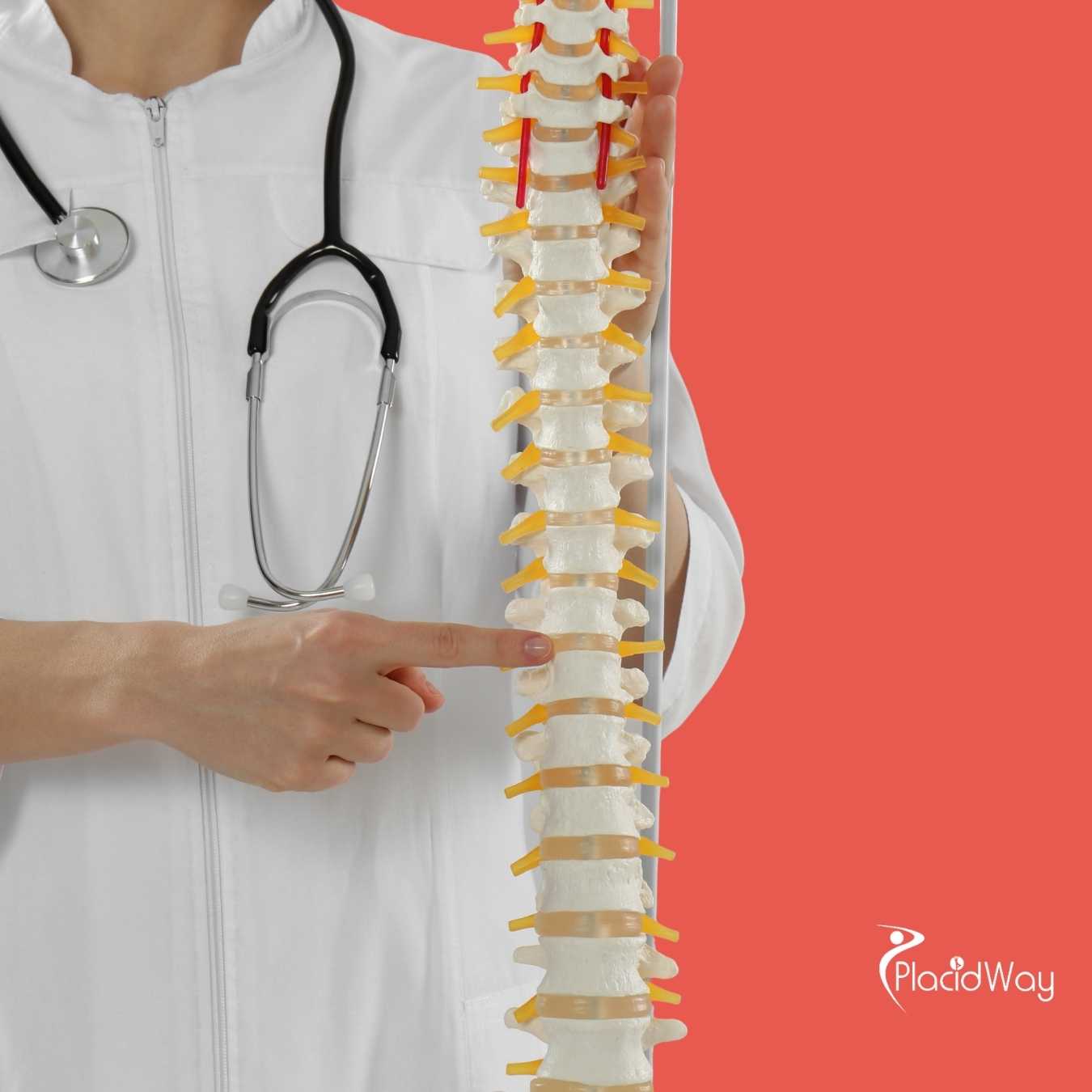Healing Lung Disease with Stem Cells: How It Works and What to Expect
.png)
The possibility of regenerating damaged organs has long been a dream in medicine, and for those suffering from chronic lung diseases, the idea of healing their lungs with stem cells offers a beacon of hope. Many people are searching for answers about whether this cutting-edge approach can truly make a difference in conditions like COPD, pulmonary fibrosis, and asthma. It's a complex and rapidly evolving field, filled with exciting advancements and important considerations.
In this guide, we'll dive deep into the world of stem cell therapy for lungs, exploring how these remarkable cells work, what conditions they might treat, and what patients need to know about current research and treatment options. We’ll cover the science, the practicalities, and even the growing trend of medical tourism for those seeking these specialized treatments. Our goal is to provide clear, helpful, and trustworthy information to help you understand the potential of stem cells to heal your lungs.
Can stem cells repair damaged lung tissue?
The remarkable capability of stem cells lies in their plasticity and regenerative power. When introduced into a damaged lung, these cells can perform several critical functions. Firstly, they possess the ability to differentiate, meaning they can transform into specialized cells like alveolar cells (which are crucial for oxygen exchange) or bronchial epithelial cells. This direct replacement of damaged cells is a key mechanism by which stem cells can contribute to lung repair.
Beyond direct differentiation, stem cells also exert powerful paracrine effects. They secrete a variety of growth factors, cytokines, and exosomes that can stimulate the body's own repair mechanisms, reduce inflammation, and prevent further tissue damage. This indirect healing process is vital for chronic lung diseases where persistent inflammation and fibrosis hinder natural recovery. By creating a more conducive environment for healing, stem cells can significantly aid in the regeneration and functional improvement of compromised lung tissue.
What lung diseases can potentially be treated with stem cells?
Research into stem cell therapy is actively investigating its potential for numerous debilitating lung diseases. One of the most promising areas is pulmonary fibrosis, a condition where lung tissue becomes scarred and stiff, leading to severe breathing difficulties. Stem cells are being studied for their ability to reduce fibrosis, modulate inflammation, and potentially regenerate functional lung tissue, thereby slowing disease progression and improving patient quality of life.
For COPD (Chronic Obstructive Pulmonary Disease), which includes emphysema and chronic bronchitis, stem cells offer hope by aiming to reduce inflammation in the airways, repair damaged alveoli, and improve overall lung function. In asthma, where airway inflammation and hyper-responsiveness are key issues, stem cells are explored for their immunomodulatory properties to calm the immune response and reduce the frequency and severity of attacks. Other conditions like Acute Respiratory Distress Syndrome (ARDS) and cystic fibrosis are also subjects of ongoing research, with the goal of harnessing the regenerative power of stem cells to address the underlying cellular damage.
How do stem cells work to heal the lungs?
The multifaceted mechanisms by which stem cells contribute to lung healing are at the core of their therapeutic promise. When introduced into the lungs, these cells act as biological factories, releasing a complex cocktail of molecules that signal to other cells. This includes anti-inflammatory agents that calm an overactive immune response, which is often a significant factor in chronic lung diseases. By dampening inflammation, stem cells can prevent further damage and create a more favorable environment for healing.
Furthermore, stem cells are immunomodulatory, meaning they can regulate the immune system to prevent it from attacking healthy lung tissue. This is particularly important in autoimmune-related lung conditions. They also secrete various growth factors that encourage existing lung cells to proliferate and repair themselves, and they can help establish new blood vessel networks, improving oxygen and nutrient supply to damaged areas. In some cases, and this is a key area of research, these stem cells can directly replace damaged lung cells by differentiating into functional lung tissue, thereby restoring structure and function.
What are the types of stem cells used for lung treatment?
Mesenchymal Stem Cells (MSCs) are currently the most extensively studied and utilized type of stem cells in lung treatment research. MSCs are multipotent stromal cells that can differentiate into various cell types, including bone, cartilage, muscle, and adipose cells, and show potential for lung tissue. They are prized for their immunomodulatory, anti-inflammatory, and regenerative properties, making them ideal candidates for addressing lung damage and inflammation. MSCs can be sourced from several tissues:
- Bone Marrow: A traditional source, rich in MSCs.
- Adipose Tissue (Fat): Relatively easy to extract and contains a high concentration of MSCs.
- Umbilical Cord: Contains "younger" MSCs with high proliferative capacity and low immunogenicity, often preferred for their ease of collection and ethical considerations.
While MSCs are at the forefront, other types of stem cells are also being investigated. Induced Pluripotent Stem Cells (iPSCs), which are adult cells genetically reprogrammed to an embryonic-like pluripotent state, hold immense potential as they can differentiate into virtually any cell type, including specific lung cells. However, their use in direct human therapy for lung diseases is still in very early stages of research due to concerns about potential tumor formation and differentiation control.
Are stem cell treatments for lung diseases approved and widely available?
It's important to clarify the current status of stem cell treatments for lung diseases. In many countries, including the United States, Europe, and Canada, the majority of stem cell therapies for conditions like pulmonary fibrosis or COPD are not yet fully approved by regulatory bodies like the FDA or EMA for general clinical use. This means they are largely considered experimental and are typically accessed through rigorous clinical trials designed to assess their safety and efficacy.
However, some specialized clinics, both domestically and internationally, offer stem cell treatments outside of formal clinical trials. These clinics often operate under different regulatory frameworks or offer treatments that might fall into categories with less stringent oversight. Patients exploring these options should exercise extreme caution and thoroughly research the clinic's credentials, the specific treatment protocols, and the scientific evidence supporting their claims. While the potential to heal lungs is exciting, ensuring patient safety and ethical practices remains paramount.
What are the potential risks and side effects of stem cell therapy for lungs?
Like any medical procedure, stem cell therapy carries potential risks and side effects, though the specific profile depends on the type of cells used, the method of administration, and the patient's overall health. Common risks associated with the administration procedure itself, such as intravenous infusion or direct lung instillation, include:
- Infection: Any breach of the skin or internal body cavity carries a risk of bacterial or viral infection.
- Bleeding or bruising: At the injection or collection sites.
- Pain or discomfort: During and after the procedure.
More specific to stem cell therapy, potential risks include an immune reaction, where the body's immune system might react negatively to the introduced cells (though this is less common with autologous cells or umbilical cord-derived MSCs due to their low immunogenicity); and in very rare cases, uncontrolled cell growth or tumor formation, particularly with certain types of pluripotent stem cells. Reputable clinics and clinical trials prioritize patient safety through stringent screening, cell processing, and post-treatment monitoring to minimize these risks.
How much does stem cell therapy for lung conditions cost?
The cost of stem cell therapy for lung conditions is highly variable and depends on several factors, making it challenging to provide a precise figure without a specific treatment plan. Generally, patients can expect to pay anywhere from $10,000 to $50,000, or even higher, for a full course of treatment. Key factors influencing this cost include:
- Type of Stem Cells: Whether they are autologous (from the patient's own body) or allogeneic (from a donor, like umbilical cord).
- Number of Treatments: Some conditions may require multiple infusions or rounds of therapy.
- Clinic and Location: Prices can vary significantly between different clinics and countries. Clinics in countries known for medical tourism might offer lower costs than those in Western countries.
- Associated Services: This might include diagnostic tests, pre-treatment evaluations, post-treatment follow-ups, and rehabilitation.
It's important to note that because most stem cell therapies for lung diseases are still considered experimental or investigational, they are typically not covered by standard health insurance plans. Patients often bear the full cost out-of-pocket, making it essential to thoroughly understand all financial implications before proceeding with treatment.
Can I travel for stem cell treatment for lungs (Medical Tourism)?
The landscape of stem cell therapy for lung conditions includes a significant component of medical tourism. Many patients find themselves exploring options abroad due to the experimental nature of these treatments in their home countries, the prohibitive costs, or the desire to access specific protocols not available locally. Countries such as Mexico, Germany, Thailand, and others have established clinics offering stem cell treatments, often specializing in regenerative medicine for a variety of conditions, including lung diseases.
While medical tourism can offer access to innovative therapies, it requires diligent research and careful consideration. It is paramount to verify the credibility and accreditation of any clinic, understand their treatment protocols, and confirm that the physicians are appropriately qualified. Patients should also be aware of the regulatory environment in the chosen country, as standards can vary. This careful approach helps ensure patient safety and increases the likelihood of receiving legitimate and effective care when seeking to heal lungs through stem cell therapy abroad.
What should I consider when choosing a clinic abroad for lung stem cell treatment?
Choosing a clinic for stem cell treatment abroad, especially for something as critical as lung diseases, demands thorough due diligence. Here are key considerations to guide your decision:
- Accreditation and Licensing: Verify if the clinic is accredited by reputable international or national bodies. This ensures they meet certain standards of quality and safety.
- Physician Qualifications and Experience: Research the doctors who will be performing the treatment. Ensure they are board-certified, have extensive experience specifically with stem cell therapy for lung conditions, and are transparent about their expertise.
- Treatment Protocols and Transparency: A reputable clinic will clearly explain their specific stem cell sources, processing methods, administration techniques, and the scientific rationale behind their approach. Be wary of clinics that make exaggerated claims or are secretive about their methods.
- Patient Testimonials and Outcomes: Look for independent patient reviews and testimonials. While anecdotal, they can offer insights into patient experiences and perceived outcomes. Ask for data on their success rates and safety profiles, though remember that for experimental treatments, robust long-term data might be limited.
- Ethical Guidelines and Regulatory Compliance: Ensure the clinic adheres to international ethical guidelines for stem cell research and therapy, and operates within the legal framework of the country where it is located. Avoid clinics that engage in unproven or ethically questionable practices.
- Comprehensive Care: A good clinic will offer a holistic approach, including pre-treatment evaluations, post-treatment follow-up, and integration with your local healthcare providers.
By meticulously evaluating these factors, you can make a more informed decision and mitigate potential risks when pursuing medical tourism for stem cell therapy to heal lungs.
What are the next steps if I'm interested in stem cell therapy for my lung condition?
If you're considering stem cell therapy for your lung condition, the initial and most crucial step is to consult with your primary pulmonologist or lung specialist. They can provide a personalized assessment of your condition, discuss the current standard of care, and offer advice on whether stem cell therapy might be a suitable avenue for you, considering your overall health and the specifics of your lung disease. They can also help you understand the risks and benefits in the context of your unique medical history.
Beyond this initial consultation, it's highly recommended to explore legitimate clinical trials that are investigating stem cell therapy for lung conditions. These trials are rigorously designed, monitored for safety and efficacy, and represent the forefront of scientific research. You can often find information about ongoing trials through national health institutes or specialized research organizations. For those considering options outside of clinical trials, a meticulous search for reputable, transparent, and ethically sound specialized clinics is essential, always cross-referencing information with medical professionals to ensure you make an informed and safe decision for your journey to heal lungs.
For individuals exploring advanced lung treatment options, including medical tourism opportunities and connecting with specialized healthcare providers globally, explore PlacidWay. We help you navigate complex healthcare decisions and find suitable medical solutions worldwide.


.png)









Share this listing